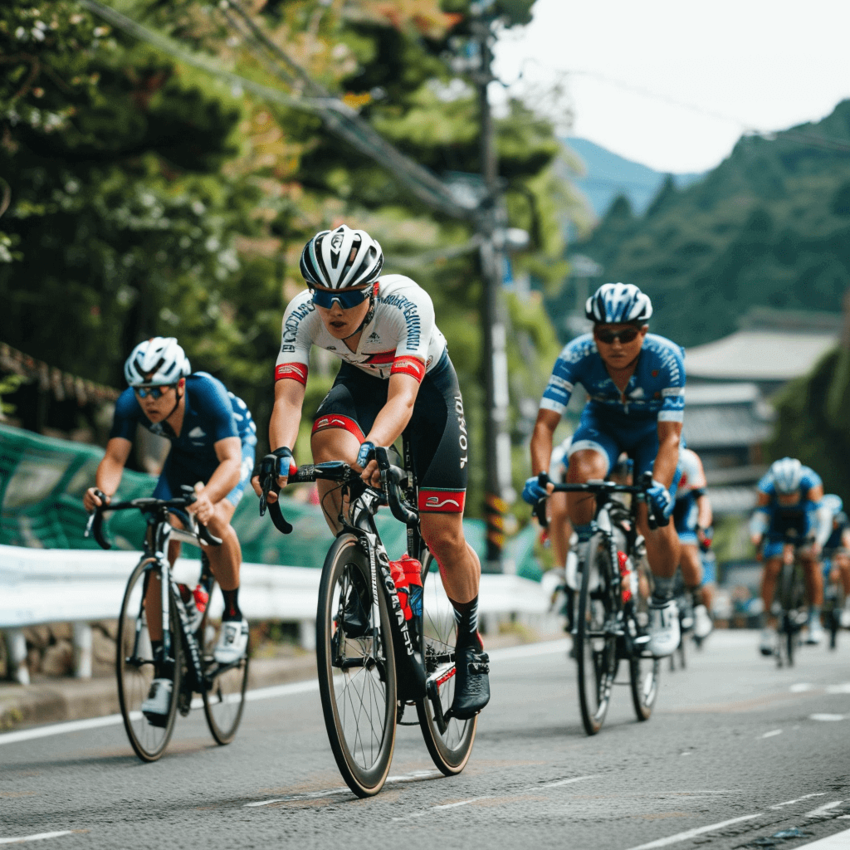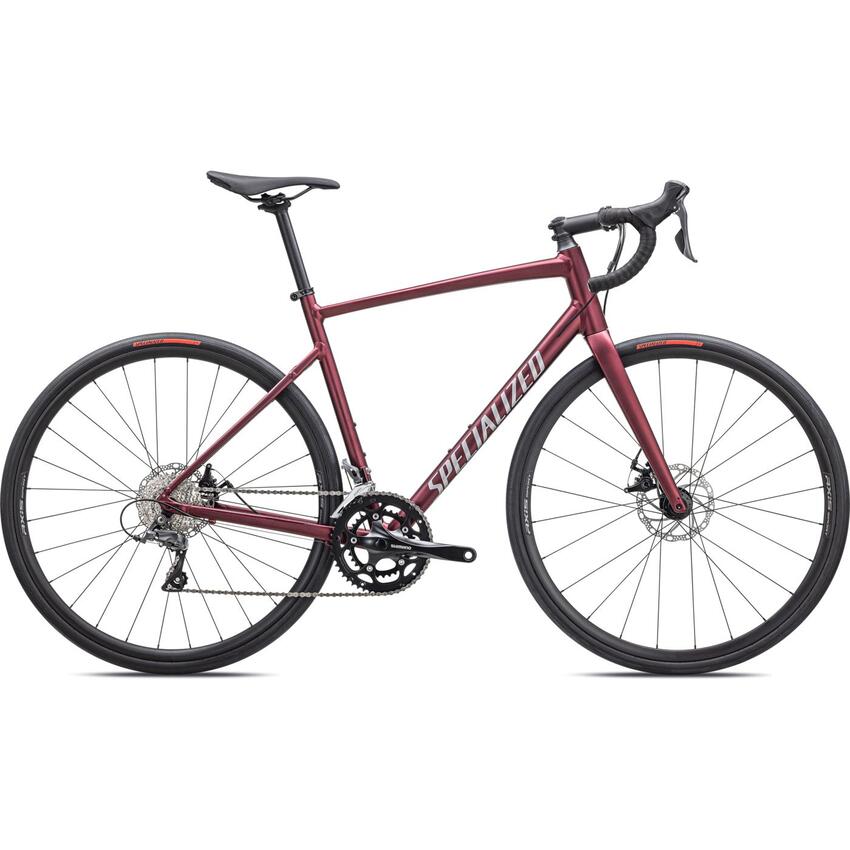Racing bicycles, often referred to as road bikes, have gained immense popularity over the years. They are specifically designed for speed and efficiency on paved surfaces. Many cyclists eventually find themselves intrigued by racing bikes due to their unique features and capabilities. In this guide, we will explore the essential components of racing bicycles, their benefits, and some tips for choosing the right one for your needs. The world of cycling is vast and ever-evolving, making it essential for enthusiasts to stay informed.
Anatomy of a Racing Bicycle
Frame and Geometry
The frame is arguably the most critical component of a racing bicycle. It impacts everything from speed to comfort. Racing bike frames are often made of lightweight materials like carbon fiber or aluminum. These materials provide strength without unnecessary weight. Additionally, the geometry of the frame plays a significant role in aerodynamics and handling. A longer top tube offers more efficiency, while a shorter wheelbase can enhance maneuverability.
Another key aspect of frame geometry is the head tube angle. This angle affects how the bike steers. A steeper head tube angle improves responsiveness, while a more relaxed angle offers stability. These nuances can impact a rider’s overall experience. Understanding frame geometry can help cyclists select the best bike for their riding style and objectives. Thus, potential buyers should consider the geometry carefully when choosing a racing bicycle.
Components and Accessories
The components of a racing bicycle include gears, brakes, and wheels. Each component contributes to overall performance. For instance, high-quality gear systems improve shifting efficiency. This efficiency aids in maintaining momentum, especially during climbs. Additionally, lightweight wheels enable faster acceleration. Cyclists benefit from investing in quality components as they significantly affect performance.
Braking systems also differ between models. Options include rim brakes and disc brakes. While rim brakes are lighter, disc brakes provide better stopping power in various weather conditions. The choice will depend on personal preference and intended riding conditions. Moreover, accessories such as pedals and handlebars must also be chosen wisely. Aerodynamic handlebars can reduce air resistance, leading to better overall speed.

Benefits of Racing Bicycles
Speed and Performance
One of the primary reasons cyclists opt for racing bicycles is their speed. The lightweight materials and aerodynamic designs allow for quicker ride times. Faster rides enhance the overall cycling experience, making long distances more enjoyable. Consequently, riders often find themselves eager to cover more miles.
Moreover, racing bikes promote efficient power transfer. The design of these bikes maximizes energy output, translating to better performance. Cyclists can achieve greater speeds with less effort than heavier bikes, making every pedal stroke count. This efficiency particularly benefits competitive riders looking to improve their times. Thus, racing bicycles can transform the riding experience by enhancing speed and performance.
Fitness Benefits
Cycling offers numerous health benefits, and racing bicycles amplify these advantages. Riding a racing bike requires more physical effort, engaging various muscle groups. With consistent use, cyclists can improve cardiovascular fitness and build muscle strength. Additionally, racing bikes often encourage longer rides, leading to increased calorie burn.
Furthermore, racing bicycles promote better posture due to their geometry. This improved posture can lead to fewer injuries and enhanced comfort over time. Riders may also find their core muscles stronger from maintaining stability during rides. Therefore, the physical benefits of racing bikes contribute to a healthier lifestyle.
Choosing the Right Racing Bicycle
Assessing Your Riding Style
Before purchasing a racing bicycle, it’s essential to assess your riding style. Different cyclists have unique preferences, and each bike serves particular purposes. For example, sprinters may prioritize lightweight and aerodynamic designs, while endurance riders may seek comfort. Identifying your primary cycling goals will greatly influence your choice.
Additionally, consider your experience level. Beginners may benefit from entry-level racing bikes that are forgiving and easy to handle. Advanced riders may prefer high-performance models that allow for greater speed. Each biker’s journey is unique, so understanding one’s style helps make informed decisions.
Setting a Budget
Another critical factor in your racing bicycle purchase is budget. Racing bikes are available at various price points, from affordable models to high-end options. It’s crucial to establish a budget before shopping. This initial step prevents overspending and ensures you choose a bike that meets your needs.
Moreover, consider the long-term investment. Quality racing bicycles tend to last longer, providing value over time. Consequently, opting for a reputable brand can yield better performance. Therefore, balance your budget with quality to ensure the best of both worlds.

Maintenance and Care for Racing Bicycles
Regular Inspections
Taking care of a racing bicycle requires regular inspections. These inspections ensure that your bike runs smoothly and efficiently. Check the air pressure in the tires regularly, as proper inflation enhances performance. Additionally, inspect the brakes and gears for any signs of wear.
Cleaning the chain and drivetrain keeps your bike in optimal condition. A dirty chain can lead to decreased performance and even damage. Using appropriate cleaning solutions will prolong the life of your components. Therefore, regular inspections and cleaning routines will make a significant difference.
Seasonal Maintenance
Cyclists should also consider seasonal maintenance for their racing bicycles. Depending on the climate, specific adjustments may be necessary. For instance, preparing your bike for winter riding usually requires changes in tires. In contrast, summer riding might necessitate a more lightweight setup.
Moreover, consider scheduling annual tune-ups with a professional mechanic. They can identify potential issues and perform necessary adjustments. This proactive approach can prevent costly repairs down the line. Hence, seasonal maintenance will keep your racing bicycle in top condition throughout the year.
Races and Competitions
Getting Involved in Racing
For many cyclists, racing is an exciting and rewarding pursuit. Many local cycling clubs organize races at various skill levels. Joining a club can provide access to competitions and training opportunities. Participating in races enhances skills while offering a sense of community.
Cycling events are not limited to traditional races. Time trials and triathlons also provide exhilarating challenges. Engaging in these activities helps improve fitness and speed. Furthermore, the thrill of competition can motivate cyclists to achieve their goals.
Training for Races
Proper training is essential for success in racing. Cyclists need to establish a structured training plan tailored to their goals. Incorporating endurance rides is crucial for building stamina over longer distances. Additionally, include interval training to increase speed and power.
Mental preparation is equally important as physical training. Setting realistic goals can help maintain motivation. It’s vital to prepare for race day, ensuring the right mindset. Consequently, effective training maximizes performance during competitions.

Conclusion
In conclusion, racing bicycles offer unparalleled speed and performance, benefiting both recreational and competitive cyclists. Understanding the anatomy of a racing bicycle helps enthusiasts make informed decisions about their purchases. Furthermore, the advantages of racing bikes include not only physical fitness but also the thrill of competition.
Choosing the right racing bicycle requires careful consideration of personal riding style and budget. Regular maintenance ensures that your bike remains in excellent condition. Engaging in races and competitions can add excitement to your cycling journey.
Ultimately, racing bicycles open doors to new experiences, making every ride an adventure. With the knowledge gained from this guide, aspiring cyclists can confidently choose and enjoy their racing bicycles. By prioritizing quality and care, riders can unlock their full potential on the road.
